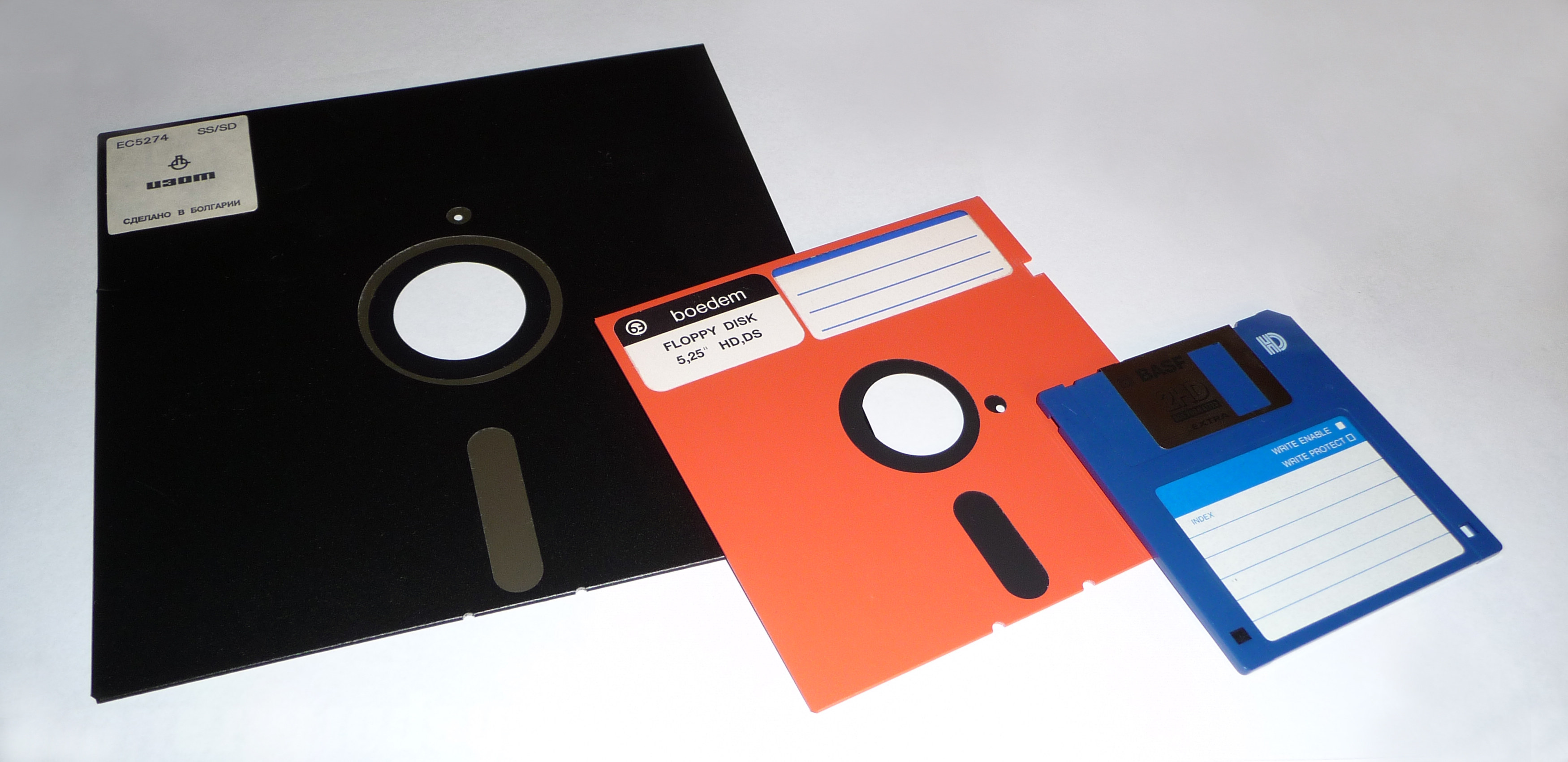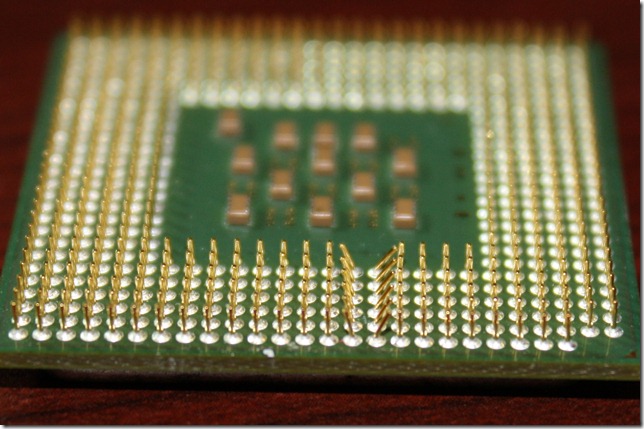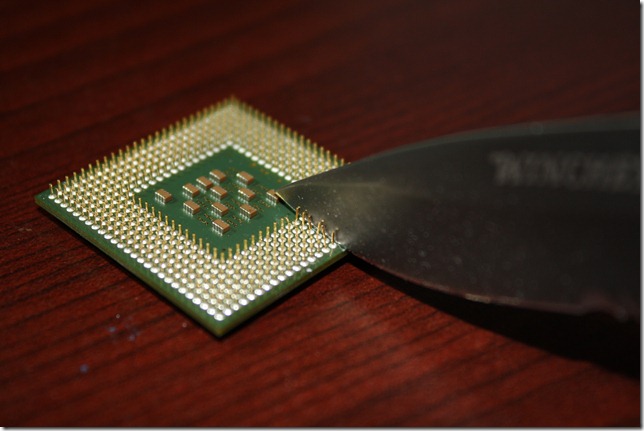Author Archive
Super User’s Top Question of the Week [17 Jan-24 Jan]
Ever seen this?
Or how about this?
You know that your internet connection isn’t down, because you’ve been able to browse to other sites, but you still cannot access this one site! What do you do when you think a single site is down? That’s exactly what Kyle Brandt asked in:
How do I diagnose not being able to reach a specific website as an end user?
If I can generally reach web pages on the Internet but can’t reach a specific one, how do I troubleshoot what the cause is as an end user?
Jeff Atwood gives us the answer.
Old School Computing Revisited and the Power of the Social Internet.
With over 280 thousand views (and growing), and 300 upvotes we’ve got to mention this question that was posed by Demian Kasier:
What are the Windows A: and B: drives used for?

For all you old timers out there, this had a very simple and “duh!” answer: The Floppy Drive! But to some newcomers to the computing world, you may have no idea what a floppy drive is, and probably feel just like these kids:
http://www.youtube.com/watch?v=gdSHeKfZG7c
It’s ok, at the rate that technology development has been going, we’ll all be ‘old geezers’ for having used flash drives! Let take a look at technology development:
Super User’s Top Question of the Week [9 Jan – 16 Jan]
This week featured Top Question comes from Pekka:

Intel and AMD have started to utlilize the new “pinless” CPU technology so this issue shouldn’t be a problem for too much longer. But if you’re like me, you still have an old p4 system lying around and it’s a pain when you realize that you’ve bent a pin on a processor. So what do you do when you’ve found that you’ve bent one or a few of the processor pins? Well first take a deep breath and realize that at least you don’t have it as bad as HowToGeek had it when he, on accident, dropped and bent around 50 processors.
If you’ve got a massive amount of pins that are bent then using a credit card or a small thin pocket knife is the best option for getting them all back into a general straightness. You can follow this guide on how to do that.
If you however have only a few pins to move back or want just can’t seem to get it right with the credit card then this answer from evesirim is best… A Mechanical Pencil!
Portable Apps for the Flash Drive

These two wiki questions by Ram and Jonathan Sampson:
1. Best portable apps to keep on a thumbdrive for developers.
2. List of tiny portable free apps that you use
asks the Super User community for their favorites in portable apps. Here’s what you came up with:
PortableApps (answered by nik)
PortableApps is a piece of software that is similiar to PenDrive Linux where all of the portable apps and their setting are taken care of by one single application. There are plenty of Apps that you can choose from, including but not limited to:

Portable USB Flash Drive Toolkit
This Super User question posed by Kronos:
How do I create a bootable USB flash PcRepair Kit?
Prompts us to consider the use of a Flash drive for as a bootable medium for PC repair. Whether you work for the IT department of a major corporation, repair PC’s on the side, or even just work on your own PC, having such a powerful tool can be one of the greatest investments you have. With a single USB flash drive, mulitple boot disks and OS’s can be operated from a single drive. To simplify the process, PenDriveLinux has put together a very useful program that can easily create a multi-boot USB drive.

Some of the products that PenDriveLinux supports are:




